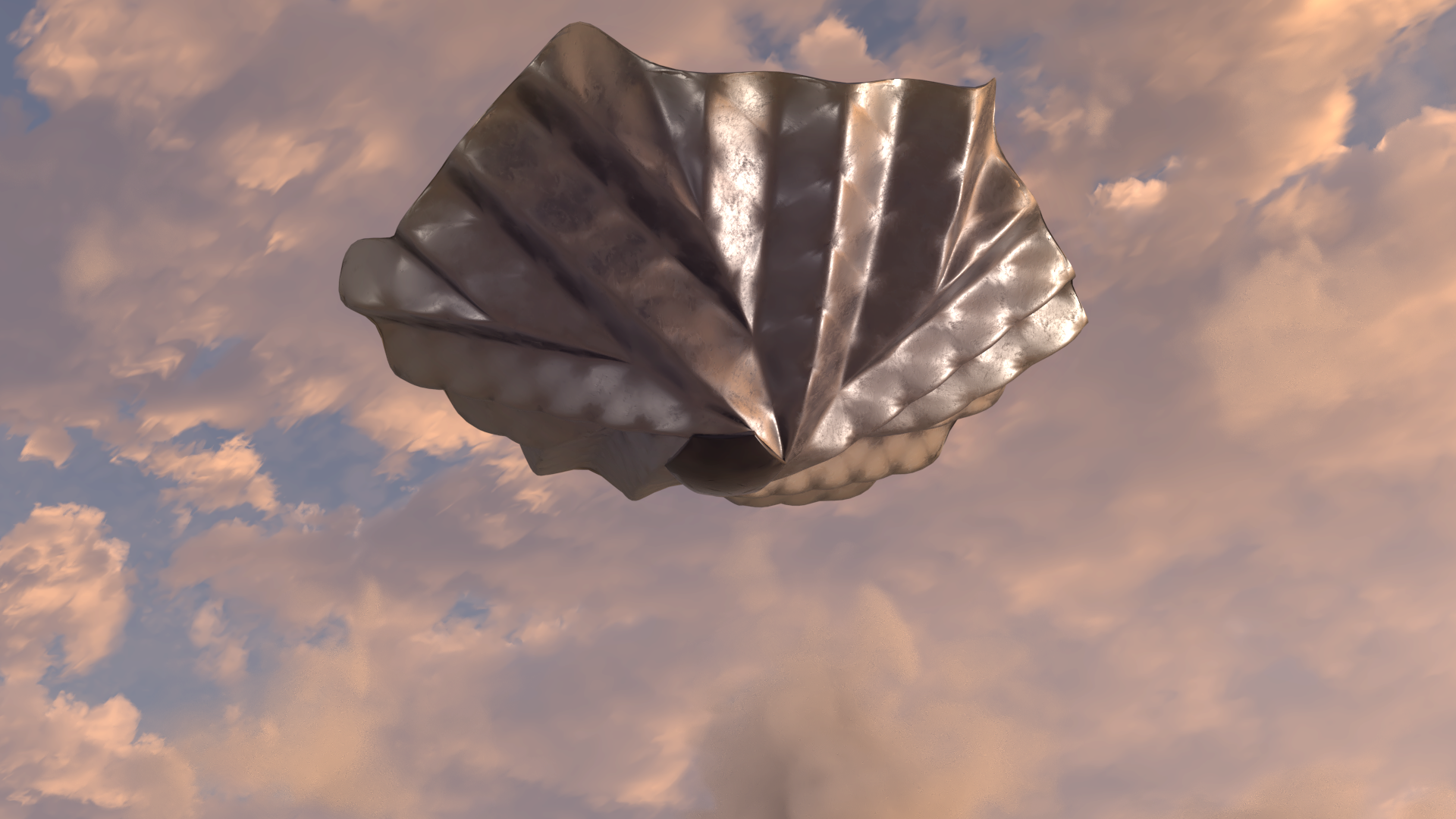Welsh in-space manufacturing startup Space Forge has developed a satellite reentry system to enable rapid recovery and reuse of its in-space manufacturing spacecraft.
The new system, which includes a heat shield and a water vehicle designed to soften the spacecraft’s landing, will be incorporated into the company’s in-space manufacturing satellite platform called ForgeStar.
As opposed to ablative heat shields, like those used on SpaceX’s Dragon capsule, which require replacement after each mission, Space Forge says it built its “Pridwen” heat shield to be large enough to radiate away the heat generated by atmospheric reentry. The shield, made out of a high-temperature alloy, was designed to fold inside the launcher for lift-off and unfold when the spacecraft makes its return to Earth.
Moving away from ablative heat shields is one way Space Forge hopes to set itself apart from its competitors.
“It’s old technology,” Space Forge co-founder and chief technology officer Andrew Bacon explained. “The idea of ablative heat shields, something that eats itself as it returns, it’s [1950s] technology.”

Image credit: Space Forge
The company has also developed an uncrewed water vehicle, “Fielder,” which will maneuver itself under ForgeStar and “catch” it in a soft landing. The idea is to reduce stress on sensitive payloads inside the vehicle as much as possible, while also reducing the need for spacecraft refurbishment.
Space Forge is one of a handful of companies vying to be among the first to exploit the potentially astronomical market for materials made in space. The five-year old startup has ambitious plans to enable the fabrication of semiconductors, pharmaceuticals, certain alloys, and more. While astronauts on the International Space Station have proven that these materials can be manufactured in orbit, manufacturing them at scale – and returning them to Earth – has yet to be achieved.

Image credit: Space Forge
“The space station is a great laboratory, but it’s not a factory,” Bacon said. Nor is in-space manufacturing as simple as turning a Dragon capsule, the most-used cargo and crew vehicle in history, into an orbital factory. The capsule simply isn’t optimized for it – on cost or engineering, he explained.
“SpaceX have done fantastic work in reducing the cost of launch, but they haven’t really reduced the cost of return,” he said.
In addition to cost, the mechanics of Dragon’s reentry could pose problems for some materials, like live biological cultures. “We’ve spoken to biological customers who’ve lost their three year in-development experiments in the last millisecond of landing,” due to the high-shock of landing, Bacon explained.
The company says its on-track to launch its inaugural mission this year. That mission, which won’t carry any customer payloads, will demonstrate Space Forge’s manufacturing technique and prove out other key technologies, including safe reentry technology. While Bacon declined to specify the potential launch date or launch provider, he did say that the company chose a U.S. launch provider with proven flight heritage.
The company first attempted to launch a spacecraft on Virgin Orbit’s January mission from Cornwall, UK, but that payload – and everything else – was lost when Virgin’s launcher experienced an anomaly and failed to reach orbit.
Space Forge closed a $10.2 million seed round in 2021, co-led by US-based firms SpaceFund and Type One Ventures, and Berlin-based World Fund. Space.VC, Starbridge Venture Capital, Quiet Capital, Kencoa Aerospace, Trousdale Ventures, Newable Ventures, Dylan Taylor, and FJ Labs also participated.
As for the company’s next funding round? “Expect an announcement soon,” Bacon said.
UK’s Space Forge debuts new reentry tech for in-space manufacturing satellites by Aria Alamalhodaei originally published on TechCrunch









